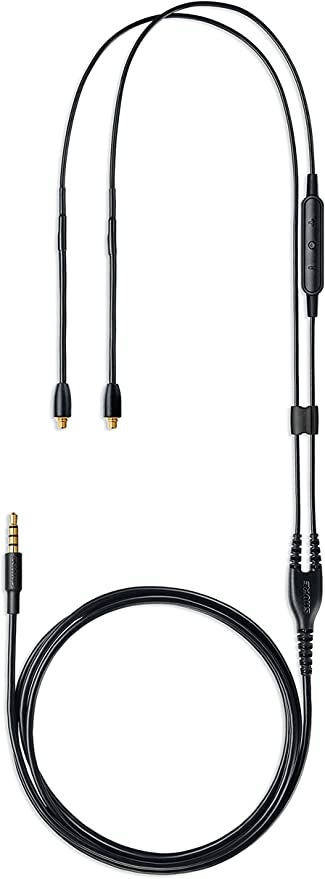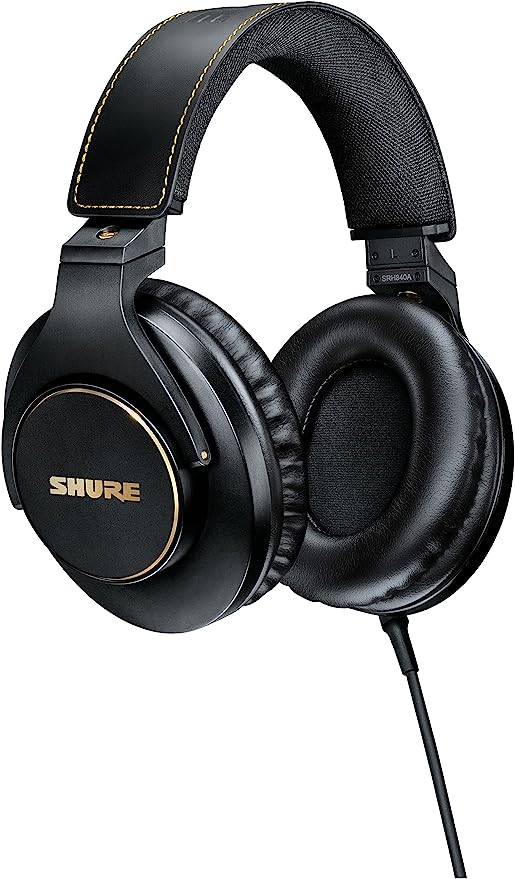Shure BLX24/PG58 Wireless Microphone System: Clear Sound, Reliable Performance
Update on Sept. 23, 2025, 2:21 p.m.
There is a moment, just before the music starts, that feels like pure magic. A single voice, clear and present, fills the space, yet the singer stands untethered, holding nothing but a microphone. There are no cables, no physical connection to the vast sound system amplifying their every breath. The voice simply is.
This seamless illusion, this act of technological witchcraft, is something we take for granted. But beneath its simplicity lies a fierce, constant battle against the fundamental laws of physics. Sound itself, after all, is a feeble traveler. The vibrations of a human voice dissipate into whispers within meters. To hurl that voice across a concert hall or stadium requires a messenger, an invisible carrier capable of traversing a chaotic, crowded world. That messenger is the radio wave, and its journey is fraught with peril.
To understand the magic, we must first understand the battlefield: the invisible, turbulent ocean of the electromagnetic spectrum that surrounds us.

Navigating the Crowded Sky
The air isn’t empty. It is a roaring, multi-lane superhighway of information, crisscrossed by signals from radio stations, television broadcasts, cell phones, Wi-Fi networks, and countless other devices. For a wireless microphone to survive, it must find a clear lane. For decades, that lane has been found in a specific neighborhood of this highway known as UHF (Ultra High Frequency).
Unlike the lower-frequency VHF band, which is susceptible to interference from powerful TV transmitters, or the wildly overcrowded 2.4 GHz band—the digital slum shared by Wi-Fi, Bluetooth, and even your microwave oven—the UHF band (roughly 470 to 698 MHz) has historically been a quieter, more orderly space reserved for professional audio and broadcast. The physics of these waves makes them ideal for the task. Their wavelengths are short enough to allow for small, unobtrusive antennas, yet long enough to bend around obstacles and penetrate structures more effectively than higher-frequency signals.
But this territory is shrinking. In an event known as the “Digital Dividend,” governments worldwide have auctioned off large portions of the UHF spectrum, once used by analog television, to mobile data providers. The professional audio world has been squeezed into smaller and smaller slices of the pie. In this fiercely competitive environment, simply having a lane is not enough; you must be able to find it, instantly. This is where the engineering inside a modern receiver, like the one in a Shure BLX system, performs its first crucial task. A feature like QuickScan isn’t a mere convenience; it’s an essential survival tool. With one button press, the receiver acts like a reconnaissance drone, surveying the entire local spectrum, identifying all hostile signals, and guiding the microphone to a safe, clear frequency to begin its journey.

Battling the Signal Ghosts
Once a clear frequency is found, our voice-carrying radio wave faces its most insidious enemy: itself. The signal doesn’t travel in a single, clean line from the microphone to the receiver. It travels in countless lines. The primary wave might go directly, but dozens of secondary waves bounce off walls, ceilings, pillars, and people, all arriving at the receiver’s antenna at slightly different times.
This phenomenon, known as multipath fading, creates invisible “ghosts” of the signal. When these delayed, reflected waves arrive at the antenna, their phases can be misaligned with the direct wave. If a wave’s crest arrives at the same time as another’s trough, they cancel each other out in an act of destructive interference. For a fleeting moment, the signal simply vanishes. The result is an audible dropout—a maddening snippet of silence.
To the listener, it sounds like a technical glitch. To a physicist, it’s a predictable wave phenomenon. To an audio engineer, it is the stuff of nightmares.
The solution to this phantom menace is a concept of profound elegance called diversity reception. Its origins lie not on a concert stage, but in the early 20th century, where engineers battled to maintain faint radio signals across vast oceans. They realized that if you placed two antennas a short distance apart—even just half a wavelength—the chances of a signal ghost canceling the wave at both antennas simultaneously were astronomically low.
This is the principle at work in the dual antennas of a modern wireless receiver. The device isn’t just listening; it’s constantly comparing. Its internal circuitry monitors the signal strength from both antennas thousands of times per second. The instant it detects that one antenna is falling into a multipath null, it seamlessly and inaudibly switches to the other. This simple act of redundancy, this electronic “side-step,” slays the signal ghosts before they can ever be heard. It is the single most important technology ensuring a rock-solid wireless connection.

The Art of Selective Deafness
Our signal has navigated the crowded spectrum and dodged the ghosts of multipath. Now, it must be captured cleanly at its source. A microphone’s job is not merely to hear; its true art lies in what it chooses not to hear. On a loud stage, a microphone is bombarded by sound from every direction: the wail of a guitar amplifier, the crash of a drum cymbal, and, most dangerously, its own amplified voice blasting from the stage monitors. If it were to hear everything equally, a catastrophic feedback loop—that piercing shriek of a microphone hearing itself—would be instantaneous.
The defense against this is an acoustic marvel: the cardioid polar pattern. It is a form of selective deafness, physically engineered into the microphone’s design. The magic happens in a series of tiny, precisely machined openings, or “ports,” on the microphone’s body, sitting behind the main diaphragm.
When a singer’s voice enters from the front, it strikes the diaphragm directly. Sound coming from the side or rear, however, enters through these ports, traveling along a small acoustic labyrinth. This path is slightly longer, causing that sound wave to arrive at the back of the diaphragm a fraction of a second later, and therefore out of phase with the sound hitting the front. This phase difference causes cancellation. The microphone, through sheer mechanical cleverness, renders itself deaf to sounds from the sides and rear.
This principle was first perfected in a single microphone element by a Shure engineer named Benjamin Bauer in 1939 with his revolutionary Unidyne design. The rugged handheld vocal mic we see today, like the PG58, is a direct descendant of that acoustic wizardry. It is a physical embodiment of the art of listening intently to one voice while ignoring the chaos surrounding it.
From Motion to Message
At the very beginning of the chain lies the most fundamental transduction of all: converting the physical vibration of sound into an electrical signal. Inside a dynamic microphone like the PG58 is a mechanism of beautiful simplicity, governed by one of the cornerstones of physics: Faraday’s Law of Induction.
Attached to the microphone’s diaphragm—the thin membrane that vibrates in response to sound waves—is a tiny, tightly wound coil of wire. This “voice coil” is suspended in a powerful magnetic field. When sound waves cause the diaphragm and the attached coil to move back and forth within this field, Faraday’s law dictates that a tiny electrical current will be induced in the wire. The voltage of this current is a perfect analog of the sound wave’s pressure.
The microphone’s capsule is, in essence, a miniature electrical generator powered by nothing more than the energy of the human voice. It contains no active electronics, which is why dynamic microphones are famously rugged and can handle immense sound pressure. It is a pure, passive conversion of motion into message, a tiny electrical whisper ready to be amplified and sent on its perilous journey through the air.
From the vast, regulated chaos of the radio spectrum, down to the ghostly dance of interfering waves, the acoustic phase-cancellation within the microphone’s housing, and finally to the 19th-century physics of a magnet and a coil of wire—the journey of a single, untethered voice is a triumph of science. The technology works best when we forget it exists, when it recedes into the background and leaves only the message. It is an illusion of simplicity, made possible by a hidden world of constant, invisible battles, all won so that a voice can be free.










































